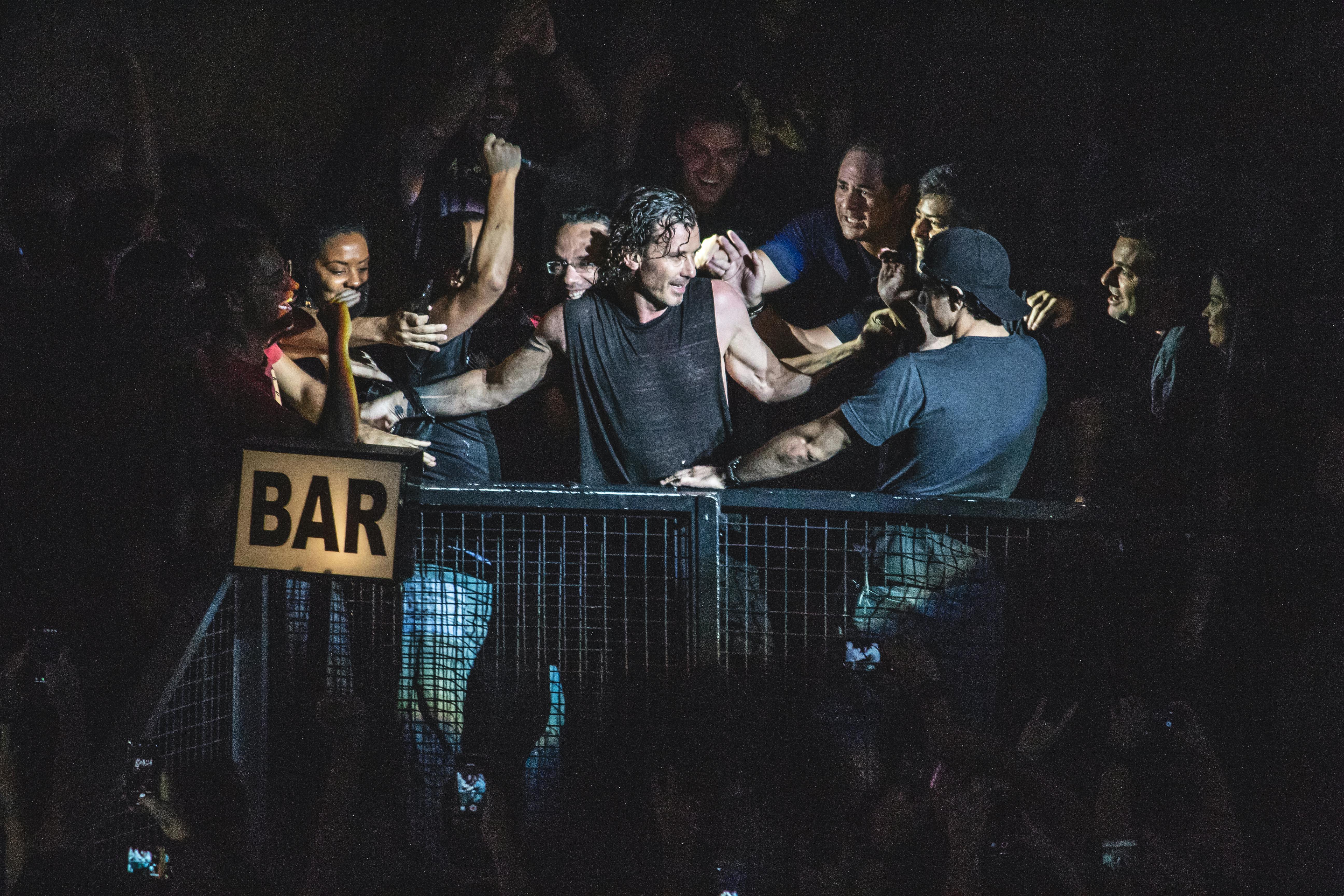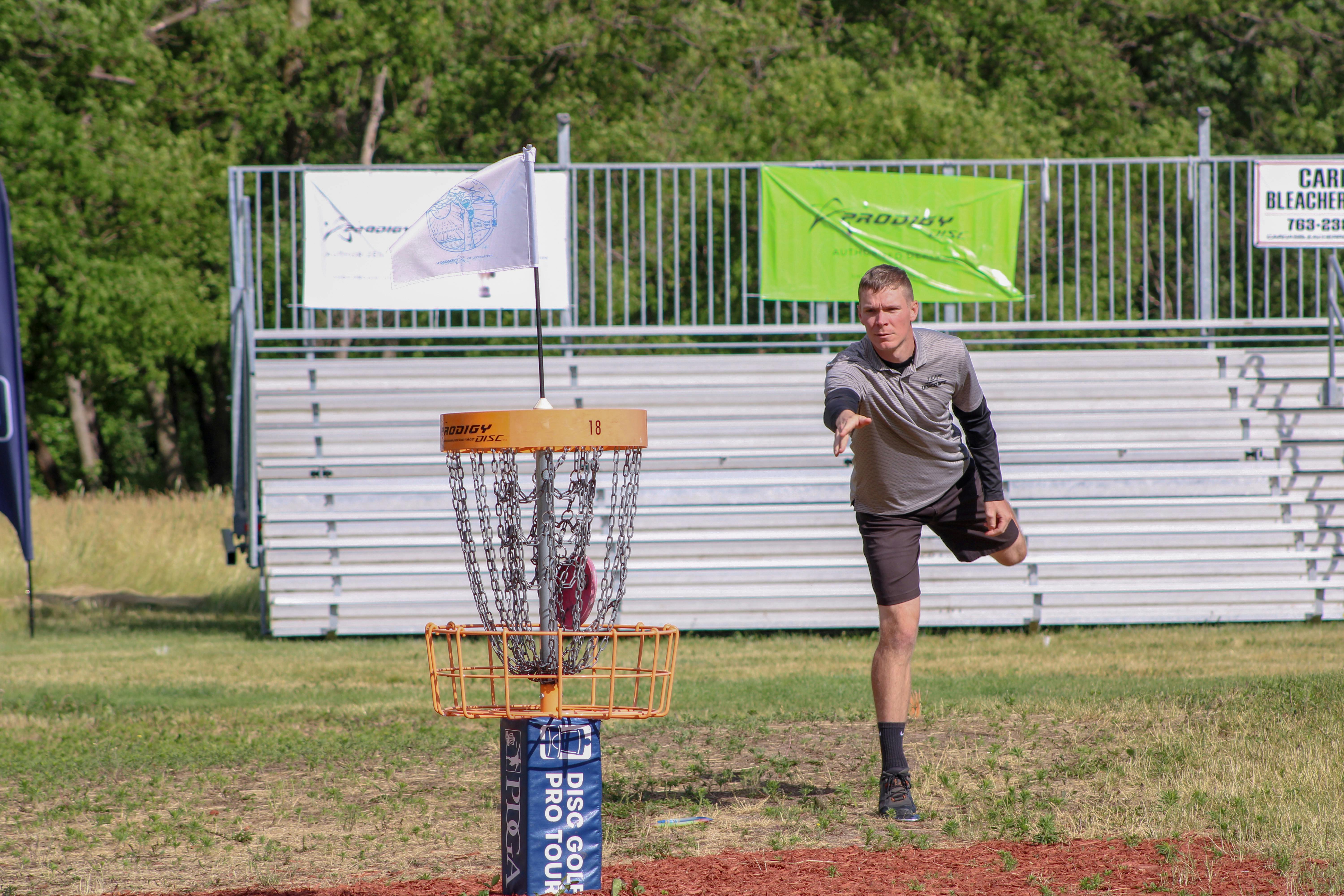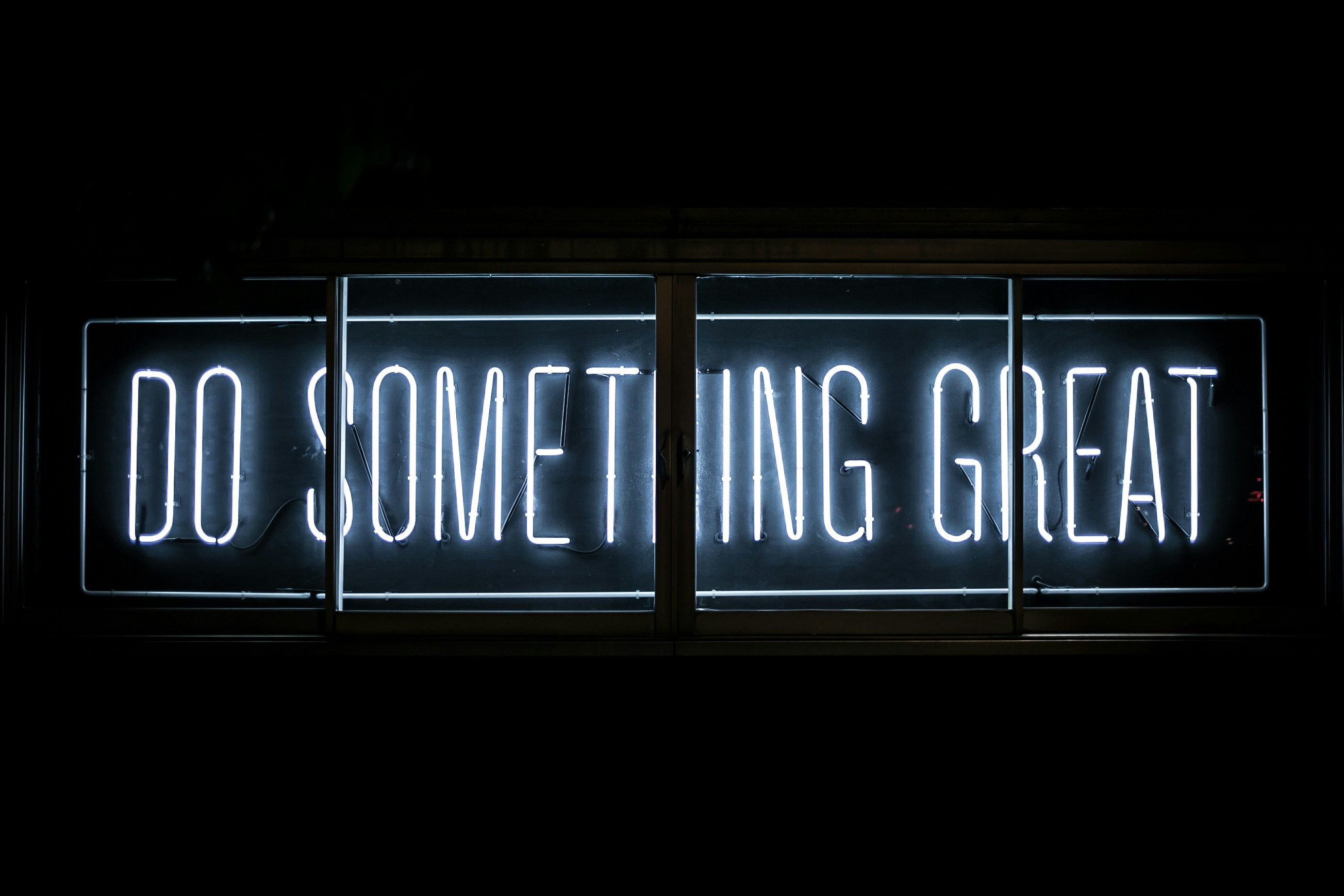"Sweeping the Stage: An Unconventional Look at the Rise of Dance as a Form of Protest"
Introduction: Dance has always been a powerful form of expression, but in recent years, it has taken on a new role: a tool for protest. The movements of the body, coupled with the rhythm of music, have become a silent yet powerful voice against societal injustices. Here is an in-depth look at how dance is being used as a form of protest and the impact it is having on society.

A Historical Waltz Through Protest Dance
Dance as a form of protest is not a new concept. For centuries, communities around the world have used dance as a way to express discontent and demand change. From the Haka of the Maori people of New Zealand to the traditional dances of the Native American tribes, dance has always been a tool for expressing societal concerns and resistance. Yet, it is in the modern era that we see a significant surge in this phenomenon, with dance becoming a prominent form of protest in many social movements.
The Beat of Today’s Protest Dance
In today’s society, protest dance has evolved and adapted to the digital age. Social media platforms like TikTok and Instagram have become the new stages for these dances. From Black Lives Matter protestors performing the ‘Electric Slide’ in the streets to climate change activists choreographing dances to raise awareness, the medium of dance is being used to communicate, unite, and protest.
Impact and Significance: More than Just Movements
The impact of protest dance goes beyond the physical act of moving. It amplifies voices, communicates messages, and fosters unity. It has the power to break down barriers and bring people together, transcending cultural, racial, and socio-economic divides. It also offers a visceral, emotional response to societal issues that words alone cannot convey.
Reception: A Dance of Acceptance and Resistance
The reception of protest dance varies. While some view it as a form of disruption and defiance, others see it as an innovative way to raise awareness about societal issues. Despite the mixed reception, one thing is clear: protest dance is making waves, both on the streets and on social media. It is capturing the attention of the public and the media, provoking conversations, and making headlines.
Looking Forward: The Future Beat of Protest Dance
While it is difficult to predict the exact trajectory of protest dance, its current popularity suggests that it is here to stay. As long as societal injustices persist, so will the need for creative and non-violent forms of protest. Dance, with its ability to express complex emotions and messages, will continue to play a significant role in these movements.
In conclusion, dance as a form of protest is a powerful tool for social change. It is more than just choreographed movements; it is an expression of individual and collective voices demanding change. As we move forward, it will be interesting to see how this dance of protest continues to evolve and shape our society.





